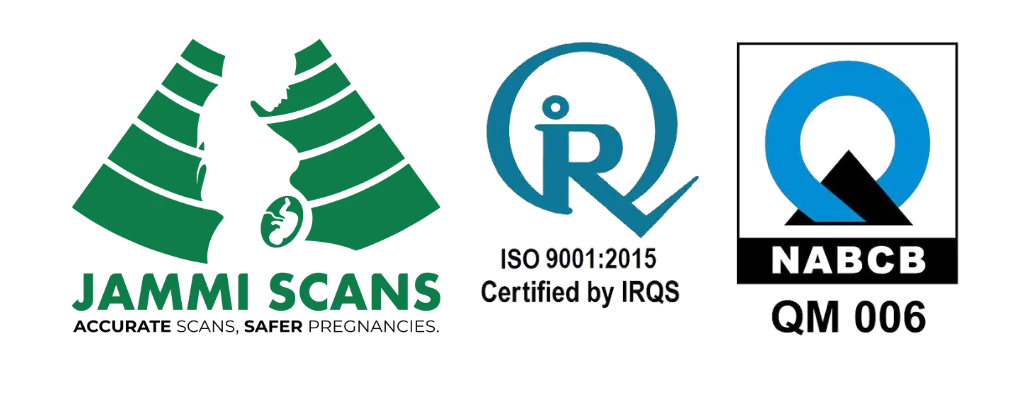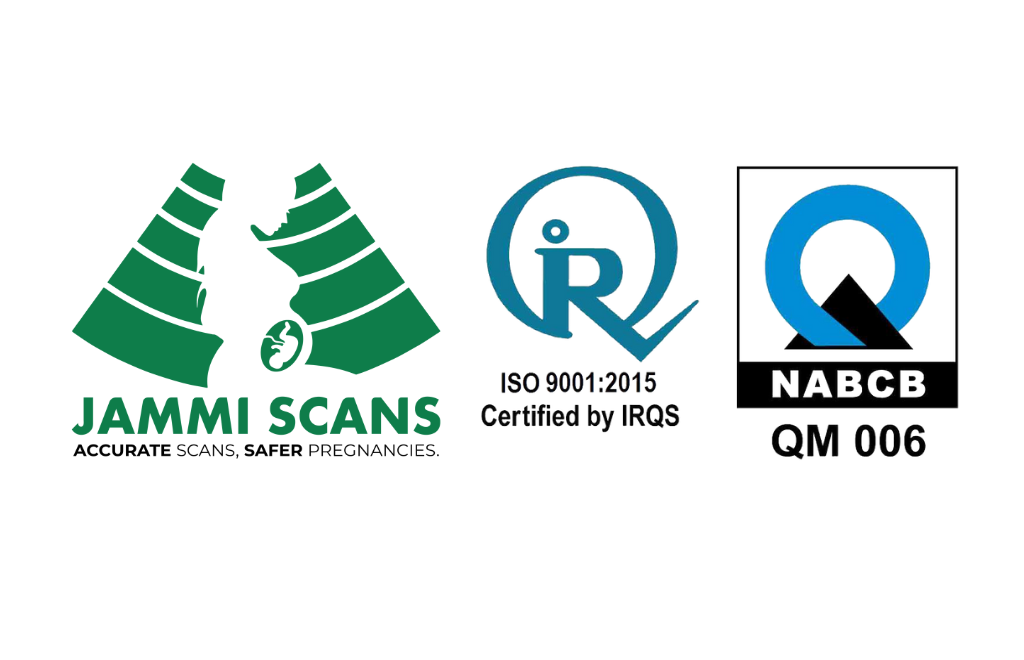Table of Contents
ToggleIntroduction:
A follicular study scan includes other evaluations besides monitoring your follicle size.
One such study involves studying the thickness of the endometrium lining (ET).

What is Endometrial Lining?
The endometrium is the inner lining of a woman’s uterus. It is one of the few organs that keeps changing in size according to a woman’s fertile days.
Every month this endometrial lining keeps changing along with the menstrual cycle. Its thickness varies in response to your body’s reproductive hormones – estrogen and progesterone.
Sometimes, the endometrial lining is abnormally thick or thin, impacting your ability to become pregnant or causing irregular bleeding during periods.
What Is The Use Of Endometrial Lining?

Before the release of an egg (ovulation period), the functional layer of the endometrium goes through specific changes.
The inner lining of the uterus starts to thicken and prepares itself to host an embryo (fertilized egg) and support the placenta in case of pregnancy
If conception doesn’t take place after ovulation, this endometrial lining sheds itself in the process known as Periods (Menstruation).
Why ET measurement is important?
A healthy endometrium is very important for a healthy pregnancy.
It should be neither too thin nor too thick for a successful pregnancy.
A follicular study will assess both the follicle size and the endometrial lining.
It is essential to check for thickness, as the lining of the uterus should match the size of the follicle to accept the pregnancy.
If the endometrium lining is thin (i.e. the follicle is ready to rupture, but the uterus lining is thin), this is not favorable for getting pregnant.
What Should Be The Size Of ET in Follicular Study To Get Pregnant?
For a successful pregnancy, an endometrial thickness of around 8 -10mm is considered the best during your follicular study.
This level of thickness makes it good enough for the embryo to implant and receive the nutrition it requires.
What Are The Reasons For Abnormal Endometrium Lining?
- Low estrogen level
- Decreased blood flow
- Uterine fibroids
- Structural issue of the uterus
- Any history of past surgery
- Long time use of birth control pills
- Poor nutrition

What Are The Reasons For An Unusually Thick Endometrium Lining?
- Obesity
- Hormone replacement therapy (HRT)
- Chronic high blood pressure
- Endometrial polyps
- Diabetes
- Scar tissue
- Endometrial hyperplasia
How should you proceed if your follicular study shows an abnormal endometrium Lining?
When the ET thickness is evaluated to be low in a follicular study, your doctor would recommend medications to help you cope with this.
Assessments say that the thicker the lining, the better the chance of pregnancy.
But, there are contradictory results in such cases where an unusual ET thickness can also be endometrial hyperplasia.
This condition is not, but it might be in some cases. There are also other underlying factors to this, as discussed before.
Even if your ET is normal but your doctor determines you have some other fertility issue after your follicular study, you can still receive treatment to help you conceive.
Conclusion
It is always good to have a thorough discussion with your doctor to be well-informed on your medical condition after every test you take.




